Eurozone PMI Manufacturing dropped slightly to 58.5 in October, down from September’s 58.6, above expectation of 57.3. But that’s still the lowest level in 8 months. PMI Services dropped to 54.7, down from 56.4, below expectation of 55.4, and a 6-month low. PMI Composite dropped to 54.3, down from 56.2, a 6-month low.
Chris Williamson, Chief Business Economist at IHS Markit said: “A sharp slowdown in October means the eurozone starts the fourth quarter with the weakest growth momentum since April… The ongoing pandemic means supply chain delays remain a major concern, constraining production and driving prices ever higher, both in manufacturing and in the services sector. Average selling prices for goods and services are rising at a rate unprecedented in over two decades, which will inevitably feed through to higher consumer prices in the coming months.
“While the overall rate of economic growth remains above the long-run average for now, risks seem tilted to the downside for the near-term as the pandemic continues to disrupt economies and push prices higher. After strong second and third quarter expansions, GDP growth is looking much weaker by comparison in the fourth quarter.”
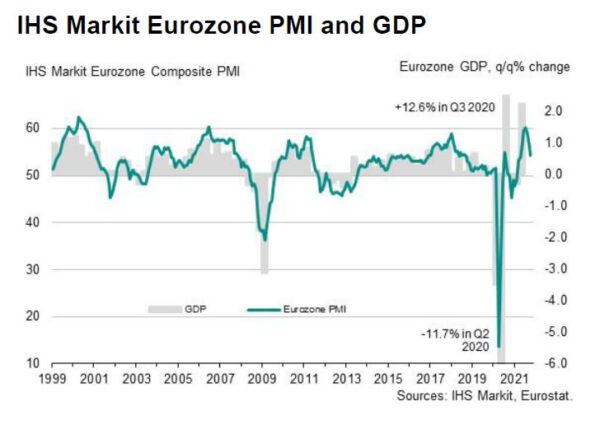
Full release here.




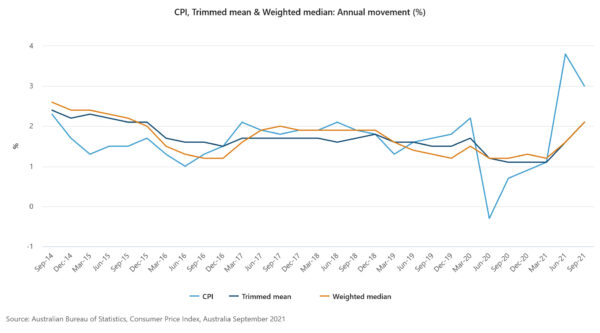
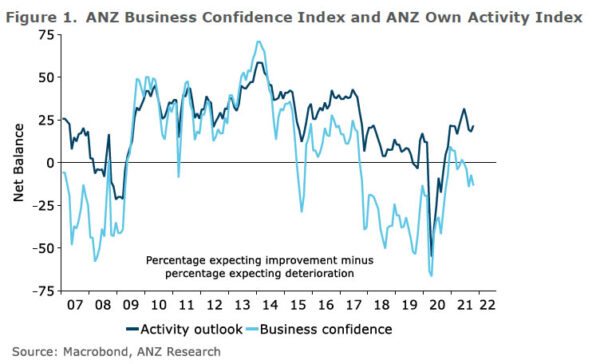
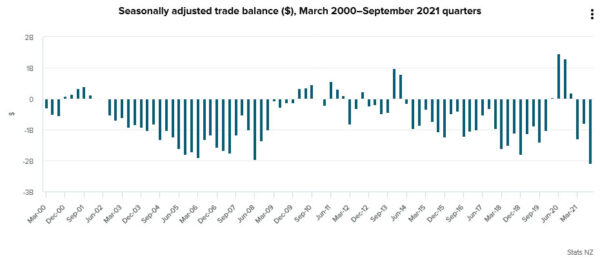
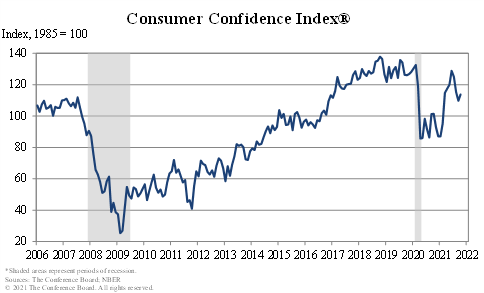
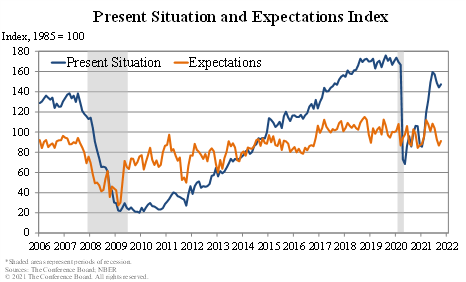
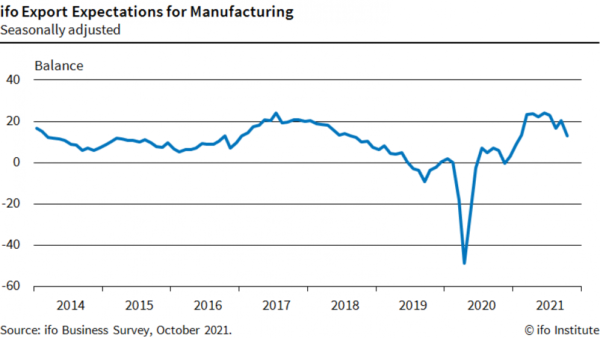
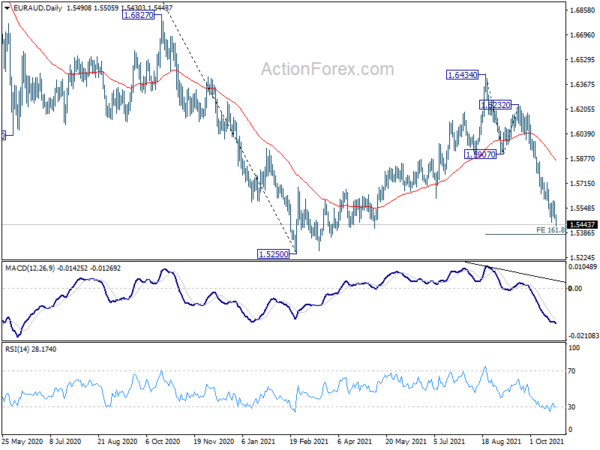
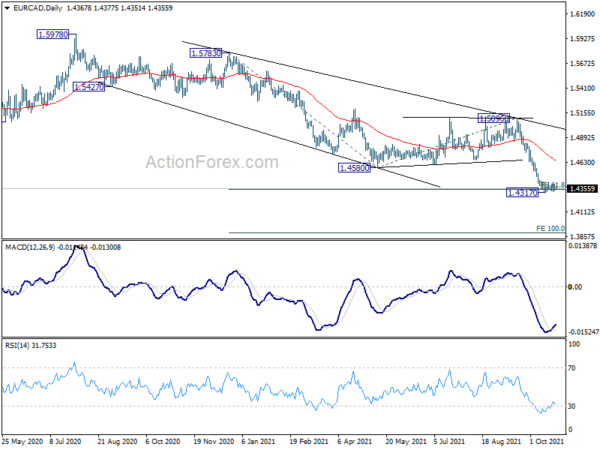
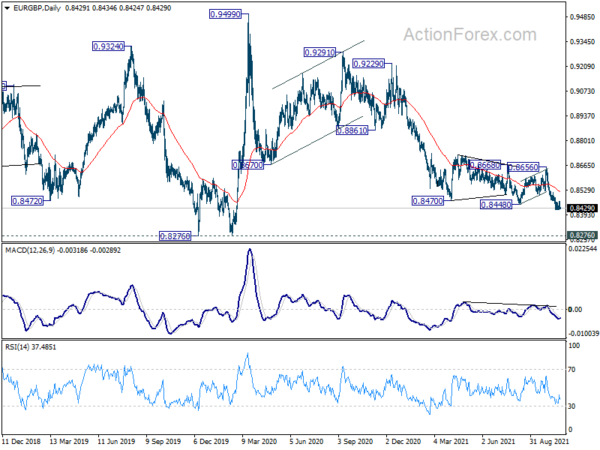
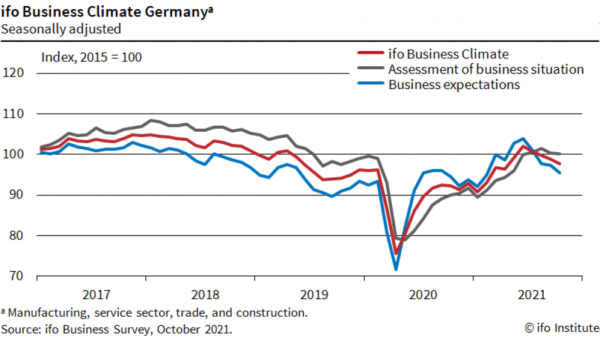
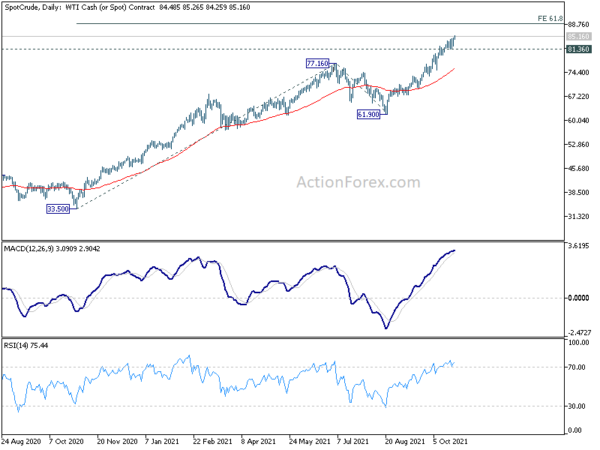
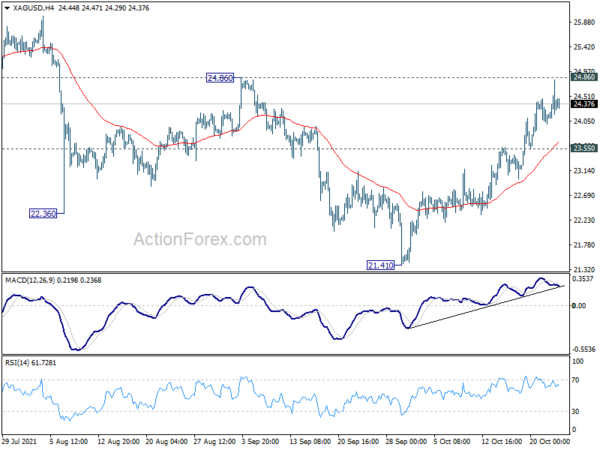
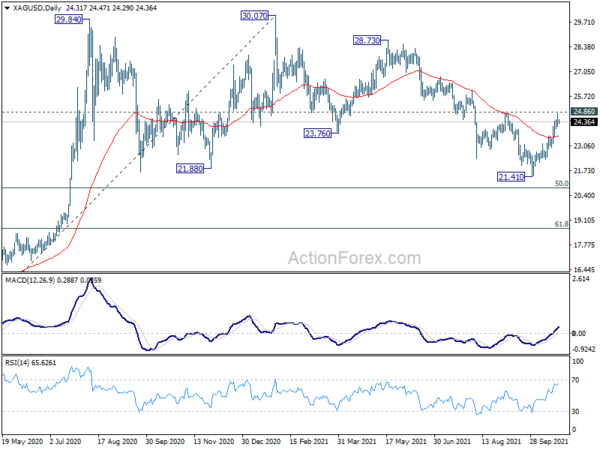
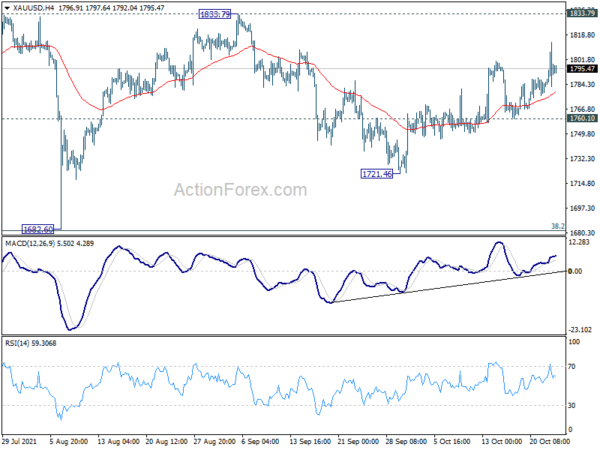
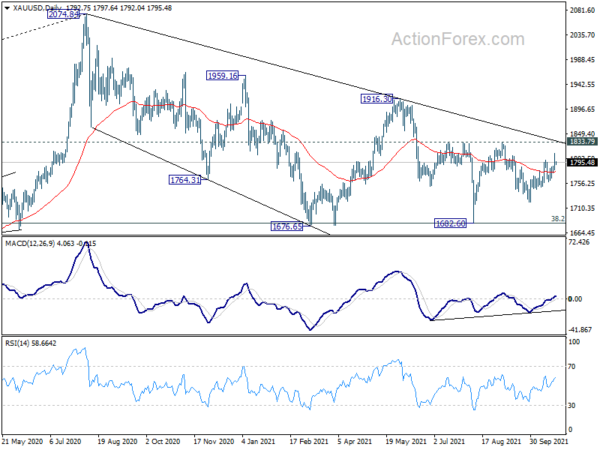
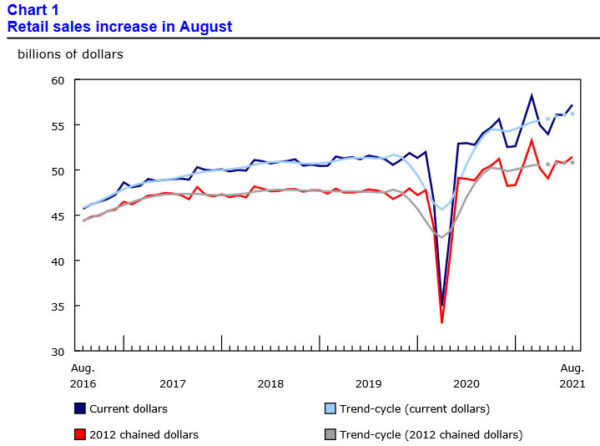
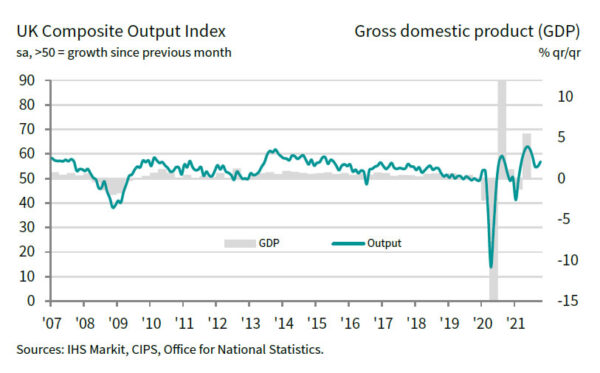



BoC to taper again, CAD/JPY in consolidation but stays bullish
BoC is widely expected to continue tapering today, by announcing to lower weekly asset purchases by CAD 2B to CAD 1B. Also, the central bank would set the plan to end QE in December. Markets are currently pricing in three rate hikes in 2022, and would be eager to see any adjustment in the forward guidance to affirm such expectations. But BoC would probably hold their cards until December, and just reiterate that policy rate would stay at “the effective lower bound until economic slack is absorbed so that the 2 percent inflation target is sustainably achieved”.
Some previews on BoC:
CAD/JPY turned into sideway consolidations after hitting 93.00 last week, but overall bullish outlook is unchanged. Deeper pull back cannot be ruled out. But downside should be contained by 38.2% retracement of 84.88 to 93.00 at 89.89 to bring rebound. Meanwhile, break of 93.00 will resume larger up trend from 73.80. Next target is 61.8% projection of 73.80 to 91.16 from 84.65 at 95.37.